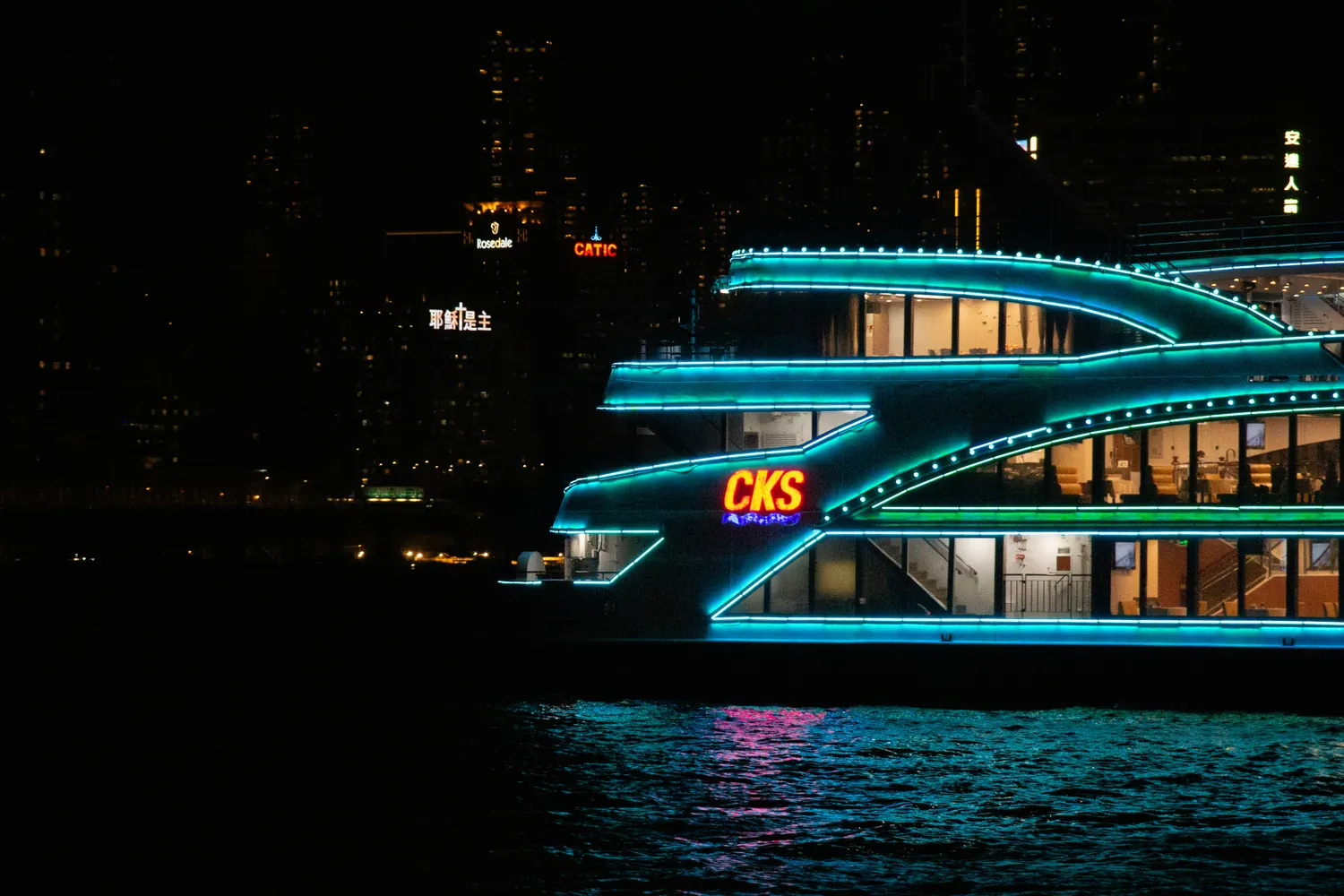Innovative Materials Elevating the Luxury Yacht Design Experience

The Evolution of Luxury Yacht Design
In the realm of luxury yachts, design and functionality go hand in hand. Historically, yacht design has prioritized aesthetics and performance, but the focus is increasingly shifting towards incorporating innovative materials that enhance both the visual appeal and sustainability of these floating masterpieces. The marriage of advanced materials and smart technologies is redefining what it means to own a luxury yacht.

Advanced Materials: A Game-Changer
Luxury yacht designers are embracing advanced materials that offer superior strength, lightweight properties, and environmental benefits. These materials are revolutionizing the construction process, offering designers unprecedented freedom to explore new forms and functionalities.
Carbon Fiber: Lightweight and Strong
Carbon fiber is a standout material due to its exceptional strength-to-weight ratio. It allows yacht designers to create lighter vessels without compromising structural integrity. This not only improves fuel efficiency but also enhances speed and maneuverability. For example, the use of carbon fiber in hull construction can reduce the overall weight of a yacht by up to 50%, leading to significant performance improvements.
Consider the workflow of integrating carbon fiber into yacht design:
- Design Phase: Engineers collaborate with designers to identify components best suited for carbon fiber integration.
- Material Sourcing: High-quality carbon fiber is sourced, ensuring it meets marine-grade standards.
- Lamination Process: Carbon fiber sheets are layered and molded according to precise specifications.
- Quality Assurance: Rigorous testing ensures durability and performance.
Titanium: Durability and Elegance
Titanium is another material making waves in luxury yacht design. Its remarkable corrosion resistance and sleek finish make it ideal for both structural and aesthetic applications. From railings to custom fixtures, titanium's versatility allows for elegant design solutions that stand up to harsh marine environments.
Smart Glass: Versatile and Energy-Efficient
The incorporation of smart glass is transforming how natural light and privacy are managed on yachts. This adaptive material can switch from clear to opaque at the touch of a button, providing privacy when needed while optimizing natural light during the day. Additionally, smart glass helps regulate interior temperatures, reducing the reliance on air conditioning systems and enhancing energy efficiency.
Sustainable Luxury: An Emerging Trend
Sustainability is no longer optional in luxury yacht design; it is an imperative. Modern yacht owners demand eco-friendly solutions that minimize environmental impact without sacrificing luxury or performance. Here are some sustainable innovations making headway:
Eco-Friendly Composites
Biodegradable composites, often derived from recycled materials, are gaining traction as viable alternatives to traditional fiberglass. These composites offer similar structural benefits but with a reduced environmental footprint. The integration of such materials in yacht building not only showcases environmental responsibility but also opens new avenues for creative design.
Solar Power Integration
The use of solar panels on yachts is an exemplary step towards sustainability. By harnessing solar energy, yachts can reduce their dependency on fossil fuels. Modern designs incorporate solar panels into the aesthetic framework, ensuring they complement the overall look without compromising style.
Customization: Personalization Meets Innovation
The desire for personalization in luxury yacht design has never been stronger. Owners seek yachts that reflect their unique tastes and lifestyles, leading to an increased demand for customizable features enabled by cutting-edge technologies.
3D Printing: Endless Possibilities
The advent of 3D printing in yacht design allows for bespoke creations that were previously unimaginable. From custom fixtures to intricate details, 3D printing enables rapid prototyping and production with precision. This technology not only accelerates the design process but also allows for the creation of complex geometries that traditional methods can't achieve.
Augmented Reality: Visualizing Dreams
Augmented reality (AR) tools are becoming essential in the yacht design process, providing clients with immersive experiences to visualize potential designs in real-time. Through AR, clients can explore different layouts, materials, and finishes before committing to a final design. This interactive approach ensures every detail aligns with the client's vision.
A Practical Mini-Framework for Luxury Yacht Material Selection
For those involved in the luxury yacht industry, selecting the right materials is critical to achieving an exceptional design. Here is a practical mini-framework for guiding material selection:
- Purpose Identification: Clearly define the purpose each material serves within the overall design (e.g., structural support, aesthetic enhancement).
- Performance Criteria: Assess materials based on key criteria such as durability, weight, cost, and environmental impact.
- Sustainability Assessment: Prioritize materials that offer sustainable benefits without sacrificing performance.
- Aesthetic Compatibility: Ensure materials harmonize with the design language of the yacht.
- Client Involvement: Engage clients in the material selection process to ensure alignment with their preferences and values.
This framework not only aids designers in making informed decisions but also strengthens client relationships through transparency and collaboration.
The Future of Yacht Design
The future of luxury yacht design lies at the intersection of technological innovation and environmental stewardship. As advanced materials continue to evolve, they promise to unlock new possibilities for creating yachts that are not only luxurious but also responsible and forward-thinking. Embracing this evolution is crucial for any designer committed to crafting vessels that embody excellence on all fronts.
 TrendLayer
TrendLayer